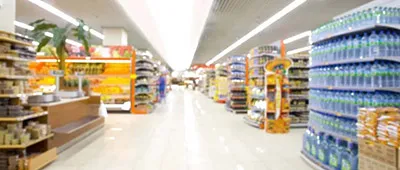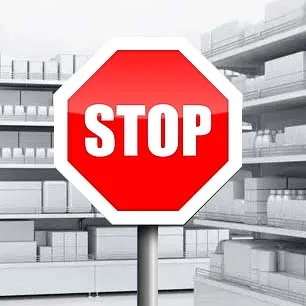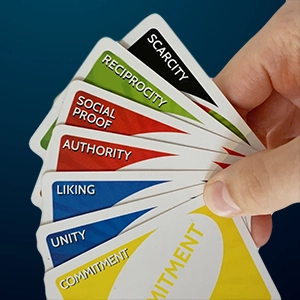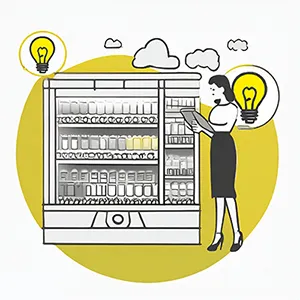How to increase retail sales with display materials ?
 A
point-of-purchase (POP) or point-of-sale (POS) display is a marketing material used to merchandise an
article or a product line. They are generally located in the place where all the elements of the sale -
product, consumer and money - come together. By using displays, marketers compete to influence shopping
decisions. Considering that a large majority of purchases aren't decided until the customer is in the
store, it's clear what impact something as simple as a display can have, without change in retail
price..
A
point-of-purchase (POP) or point-of-sale (POS) display is a marketing material used to merchandise an
article or a product line. They are generally located in the place where all the elements of the sale -
product, consumer and money - come together. By using displays, marketers compete to influence shopping
decisions. Considering that a large majority of purchases aren't decided until the customer is in the
store, it's clear what impact something as simple as a display can have, without change in retail
price..
 Displays
can be as simple as a shelf-talker, a visual item placed on the nose of the shelf to draw attention as
shoppers walk down the aisles. Or vendors can elaborate a product-bearing display unit with its entire
product line on display, rescuing it from the relative anonymity of stores' shelves and make it highly
visible in the thick of the retailing action.
Displays
can be as simple as a shelf-talker, a visual item placed on the nose of the shelf to draw attention as
shoppers walk down the aisles. Or vendors can elaborate a product-bearing display unit with its entire
product line on display, rescuing it from the relative anonymity of stores' shelves and make it highly
visible in the thick of the retailing action.
Retailers or trade partners favor manufacturers whose dynamic or imaginative instore programs bring
consumers into the store. Though they can aid in competing for trade support, because of the diversity
of vehicles available, marketers manage their programs carefully to ensure that both retailers and
consumers will see consistency and coordination. Recognizing the significance of trade support is not
enough. Any instore program is only as effective as the quality of its implementation at the store
level.
One of the main benefits of a display is that it can be custom-designed:
- to fit the merchandise,
- to transmit a brand's values,
- to create an emotional connection
- or to meet any condition ensuring that displays are properly implemented at the store level.
With its strong visual impact, a well-designed display
- attracts consumers' attention,
- reinforces identification, awareness or recall of a brand and its assortment,
- and stimulates unplanned, latent or impulse buying.
Displays make shopping exciting through well-thought merchandising strategies. Layout, segmentation and communications offer the convenience of easy product access, navigation, inspection and selection. Displays may include a variety of accessories, such as product dividers, lightning, brochures, samples or coupons to help stand out and break through the visual clutter at the point of purchase. Sometimes, to extend the lifetime of a display, they can be designed to be versatile and accommodate interchangeable communications, segmentation or even new product lines.
Displays can be developed to supplement the efforts of sales associates, reinforce messages to both the trade and the consumer, offer support through sales processes, encourage sales people to push articles displayed rather than competing offers and increase sales closed on a shoppers' first visit.
Just as the manufacturing industry is heeding the call for eco-friendly products and sustainable manufacturing methods, display vendors are basing many design decisions on the environmental consequences, stepping up their use of recyclable materials and materials consisting of recycled content.
What are the types of POS display ?
Probably the most straightforward form is signage. Information, promotion, education or entertaining signs are silent salespersons who provide service and sell products.
The most elaborate point-of-sale material is a shop-in-shop, a store within a store where a manufacturer places a section in the store, an exclusive visual experience entirely dedicated to the manufacturer's brand that sets its merchandise apart from the rest
Between both, a large diversity of vehicles and budgets is available:
- glorifiers, plinths or pedestals,
- shop window display and commercial fixtures,
- specific merchandising solutions, branded items, …
Where is POS display used ?
Displays offer the opportunity to directly communicate with consumers in:
- grocery stores, such as super- or hypermarkets,
- department stores,
- specialized shops, such as fashion, sports, leisure or beauty, …
- showrooms,
- hospitality venues, such as bars, restaurants and hotels,
- or at service desks, such as bank, insurance or postal offices.
In its early forms, you would find display materials in the checkout area, usually with smaller items that are sold as impulse purchases. But today, brand manufacturers and retailers have discovered that displays can be placed throughout the store with great success in all departments.
Keeping the interests of the brand manufacturer in mind, displays are designed for a particular type of store and for a specific department within the store. Easy to understand and financially realistic, they reflect the likely level of trade performance and support.
Date: 5 feb 2019 — bh






